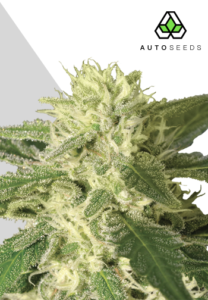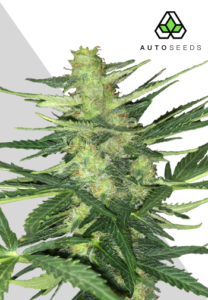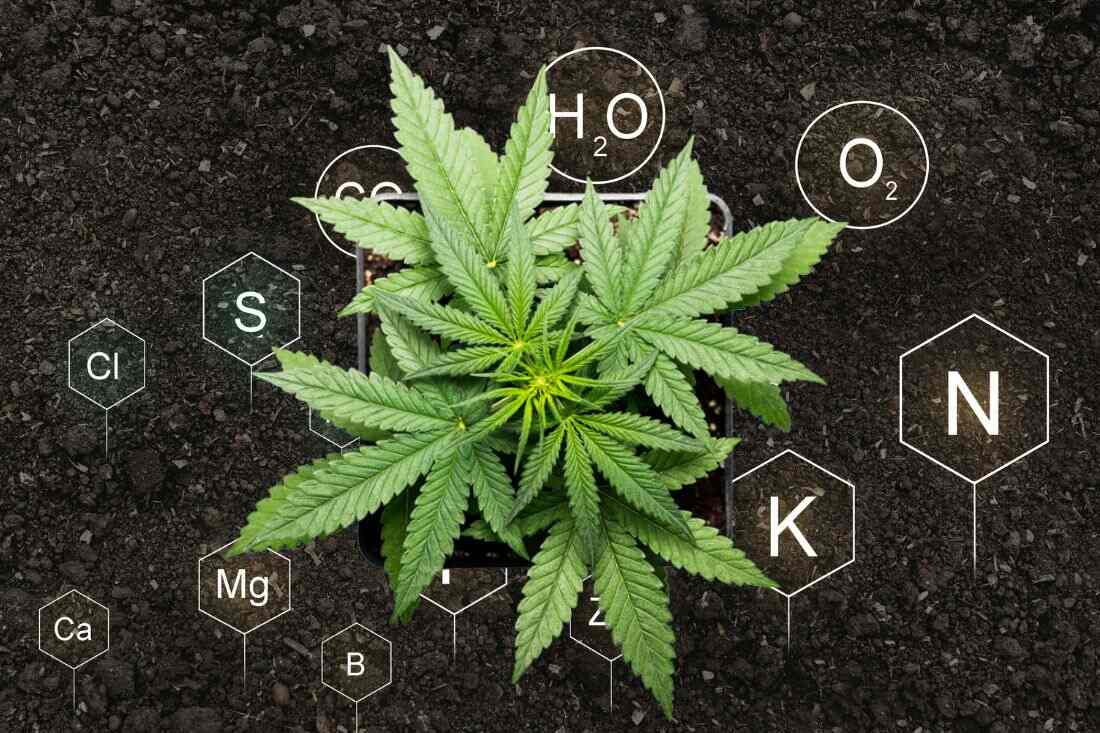
What is the best autoflower feeding schedule?
So, you’ve bagged yourself a couple of amazing autoflowering seeds here at autoseeds.com, and you’re getting ready to start your grow journey. But now comes the important question – what is the best autoflower feeding schedule?
With the dominance of photoperiodic genetics over the past few decades, most nutrient schedule recommendations focus on regular weed plants. It’s understandable, but with autos now leading the charge for most hobby growers, it’s time to set the record straight.
Why is a proper feeding schedule important for autoflowers?
While autos and photoperiod plants share much of their genetic makeup, they are two separate subspecies with distinct characteristics. Autoflowering plants have a shorter life cycle, and they have different growth patterns, meaning the feeding schedule needs to be modified slightly for optimal growth and yield. Providing proper nutrition at the right time is crucial for any plant, but with autos, it’s even more essential due to their limited vegetative stage.
What is the best autoflower feeding schedule?
Now, keep in mind that every strain is different, and the following info is more of a general guide than the absolute letter of the law. Once you have a few crop runs under your belt, you will be able to modify and fine-tune your feeding schedule to fit the specific needs of each strain.
The easiest way to work out your autoflower feeding schedule is to divide it into two tables like in the examples below. Remember autoflowers are much smaller than photoperiods and most nutrient brands put the doses on the bottles for much larger photoperiod cannabis plants, so you need to adjust your dosage and give your autos. You will need to give your autoflowers between 1/8 and 1/2 the amount of nutrients, which is explained in the table below.
The first table shows the NPK ratios and nutrient for autoflowers during the vegetative stage. Once you see the first signs of flowering you can then move over to the second table and start to give your flowering nutrients.
Example of a vegetative stage feeding schedule for autoflowers
| Week | Stage | NPK Ratio | Dose Relative to Full Photoperiod |
|---|---|---|---|
| 0 | Germination | Just pH adjusted water | No nutrients |
| 1 | Seedling | Just pH adjusted water | No nutrients |
| 2 | Late Seedling/Early Veg Stage | 2-1-2 | 1/8 dose |
| 3 | Veg Stage | 10-5-5 | 1/4 dose |
| 4 | Veg Stage | 10-5-5 | 1/2 dose |
IMPORTANT: ONLY START ON THE FLOWERING NUTRIENTS ONCE YOUR AUTOFLOWERS BEGIN TO FLOWER.
Example of a flowering stage feeding schedule for autoflowers
| Week | Stage | NPK Ratio | Dose Relative to Full Photoperiod |
|---|---|---|---|
| 5 | Early Flowering Stage | 5-10-10 | 1/2 dose |
| 6 | Flowering Stage | 5-15-10 | 1/2 dose |
| 7 | Flowering Stage | 5-15-10 | 1/2 dose |
| 8 | Flowering Stage | 5-15-10 | 1/2 dose |
| 9 | Flowering Stage | 5-15-10 | 1/2 dose |
| 10 | Late Flowering Stage | Flush with plain pH adjusted water | No nutrients |
Autoflowering feeding tips
Here are some general tips for creating the best autoflower feeding schedule:
- Start with a milder nutrient mix: Autoflowers have a shorter growth cycle, and they can be more sensitive to strong nutrients. The last thing you want to do is stunt their growth early on, as this will 100% lead to a drop in yield. Start off with a milder nutrient mix and gradually increase the concentration as your plants mature.
- Adjust according to growth stages: Autoflowering weed plants have different growth patterns than their photoperiodic cousins. They tend to grow faster and produce at least slightly smaller yields, so it’s essential to adjust your feeding schedule accordingly.
- Pay attention to plant signs: Always be on the lookout for any signs of nutrient deficiencies or excesses. This is especially important with autoflowers since their shorter life cycle means there is less time to correct any issues. Your plants are your guides, friends.
Autoflowering weed strain feeding schedule
We are going to assume that you are growing in a mix of coco and soil (perfect for autos), with nutrients already readily available for the plants.
Weeks one and two
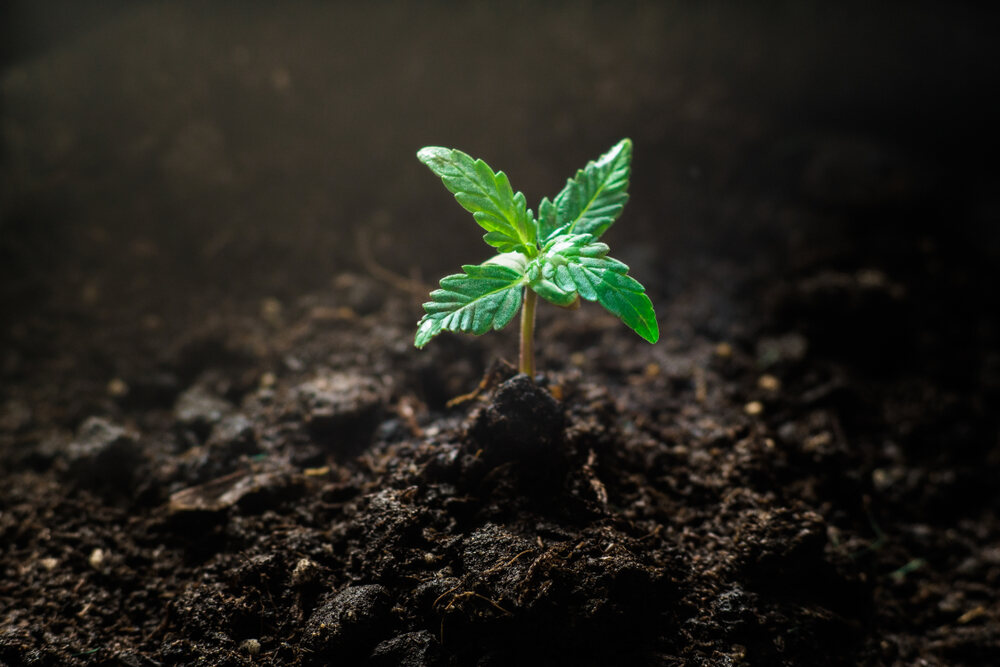
Water only: During the seedling stage, your autoflowering plants won’t need any nutrients. Just water them with pH-balanced water, and plant them in their final pots so you don’t need to transplant later.
Weeks three and four
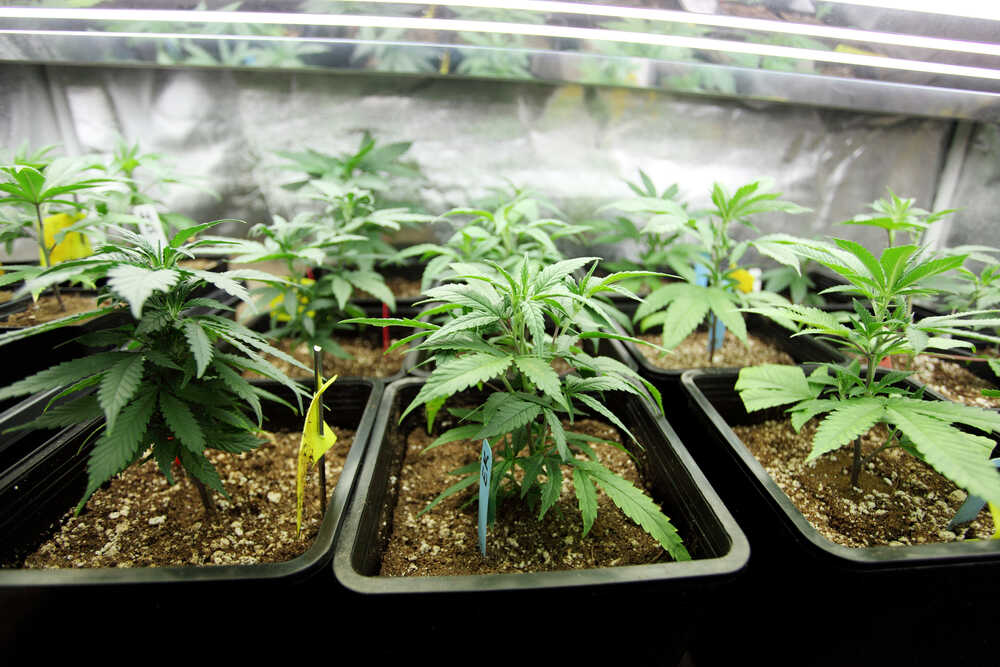
This is where you can start slowly and carefully introducing nutrients into your feeding schedule. Begin with between an eighth to a quarter of the recommended dose and gradually increase it as the plants’ growth starts to explode.
Week five
There’s a good chance that your crop is beginning the flowering stage at this point. If that’s the case, it’s time to switch your nutrient mix from veg to bloom. Drop the vegetative nutes back down to 1/8 and hit them with 1/4 flower nutes.
Weeks six and seven
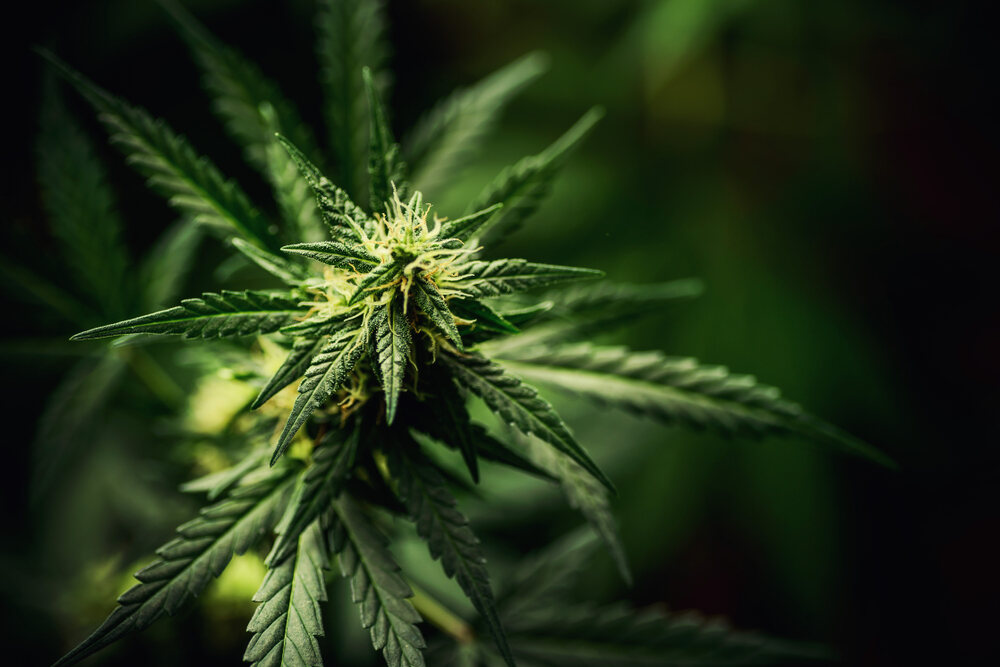
Keep increasing the flower nutes gradually until you reach 1/2 of the recommended dose and cut out the veg nutes completely. You should see some big bud growth and fantastic trichome development around this time!
Week eight and nine (and beyond)
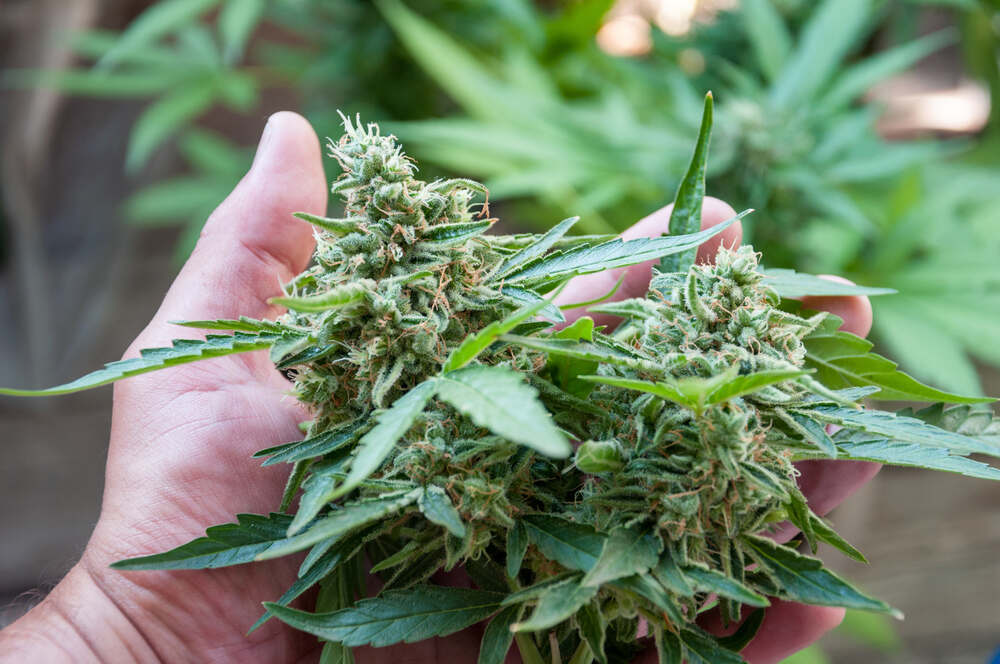
This is where it really depends on what strain you are growing. If you have an 8-week Indica dominant autoflower, then it is probably getting to around the time to start reducing the nutrients slightly. Start tapering them off from week eight through to harvest until you are giving your plants only clean, pH-balanced water.
But if you are growing a Sativa dominant option that is going to take 10-12 weeks to finish, then keep up the feeding routine as described in week seven until the trichomes are around 60-70% cloudy. Then start tapering off the nutrients as you would with an Indica-dominant plant.
Organic vs Synthetic nutrients for autos
An age-old debate, and one that isn’t settled yet.
This really depends on how you want to grow, and the grow medium you decide to use. If you are using a soil-based system, organic nutrients are generally the preferred option. However, if you are using a hydroponic or coco-based medium, then synthetic nutrients tend to work better.
Organic nutes feed the soil, instead of the plan directly. This means that the plants decide when, and what they need to ‘eat’. This heavily reduces the chances of the crop running into nutrient deficiencies or over feeding issues.
Using bottled nutrients for autos
But, if you want to squeeze every last drop of yield from your autoflower crop, then synthetic nutrients may be the way to go. They are designed for plants to take up immediately, so they are very efficient. Just remember, autos need a lighter feeding schedule than what the manufacturers suggest.
How often should you feed autoflowers?
Another hard question to find a single ‘correct’ answer., but we will give it a crack.
Overfeeding is the most common novice grower mistake. And it’s understandable, after all, you want the best for your plants! When you are first starting out with autos, giving small feeds every third or fourth day is a good starting point, with plain (pH-balanced) water on the other days.
When should you add bloom nutrients to autoflowers?
Your auto weed plants should start showing the preflowers around the 4 or 5 week mark. This is the starting point for the crop to transition into the bloom stage, which will last for approximately 5 weeks.
As soon as you see those little hair-like structures, you can start giving your plants blooming nutrients. Remember to start slowly and gradually increase the concentration as the plants enter full flower mode, while also slowly tapering off the veg nutes. And always keep an eye out for signs of overfeeding, as there is a fine line between boosting your yield and harming your plants.
Do autos need nitrogen during flowering?
Yes, all weed plants need at least some nitrogen during the flowering growth stage, but the amount is much lower than during the vegetative stage. Nitrogen is essential for proper growth and development, but too much of it can result in stunted buds and an unpleasant taste. So, make sure to adjust your nutrient mix accordingly during the flowering stage to ensure a healthy balance of nutrients for your autoflowering plants.
When should you start flushing autoflowers?
We like to flush our plants for a good 5 or 6 days before harvest, but ask 100 growers about flushing, and you’re bound to get 50 different answers. Flushing is more important when using synthetic nutes, with many organic growers choosing not to flush at all.
We recommend flushing your plants no earlier than the start of week 8, but it’s ultimately up to personal preference and based on how your plants are responding to the nutrients. Just remember that flushing too early can result in nutrient deficiencies and reduced yield.
What should you feed autoflower seedlings?
Again, that depends on how you are growing!
For plants growing in a soil mix, nutrients are not necessary for a few weeks or so. As long as you have a good soil mix, it will provide all the nutrients your plants need to get started. Always look at cannabis-specific soils when choosing a medium or make your own ‘super soil’ at home!
However, if you’re growing in coco coir or a hydroponic setup, then there will be no nutrients in the medium for your seedlings. In this case, start with a light nutrient mix, around 1/8 of the recommended dose, but only every third or fourth feed. It’s easier than you think it is to overfeed baby autos, and they are delicate little creatures!
If you get it right, you are going to be blown away with just how quickly those tiny little beans grow into epic bushes of bud. And if you get it wrong, don’t worry, that’s part of the learning process. We all make mistakes early on, and growing weed is all about experimenting and having fun.
The wrap-up
There we go, then, pretty much everything you need to know before getting your autos into the ground (or water) and growing!
Just remember, there are no hard and fast rules when it comes to growing great ganga. What works for one grower may not work for you, so don’t be afraid to experiment and find what works best for you and your plants. As long as you keep it all in the ballpark of what we have discussed above, you shouldn’t have anything to worry about whatsoever.
And if you want the best chance at growing the best weed, then grab your seeds from right here! We offer the best autoflowering genetics from all the big names in the breeding biz, so start your grow right with autoseeds.com.


